- Apply
- Visit
- Request Info
- Give
A Priceless Career: Alumni Put Their Values to Work in the Non-Profit Sector
Written by Michael Rouleau '11
Published on August 01, 2020
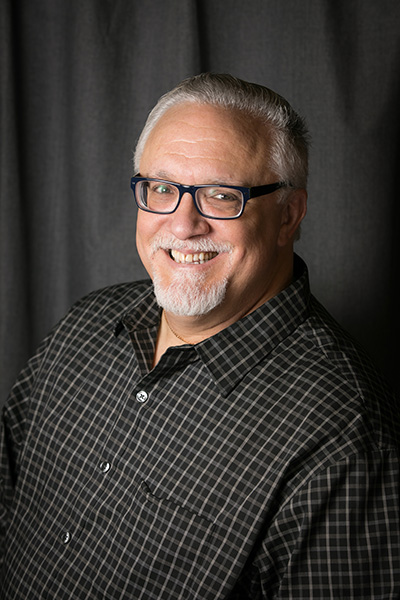
Professionals with liberal arts degrees hold any number of roles and occupations, sometimes unexpected and unrelated to the pursuits of their college years. Whether they were called early on or found their way later in their careers, many Eastern graduates now fight for a range of causes by working in the non-profit sector.
“I wasn’t really called to it as much as it called me,” said Eric Mann ’96, who is the executive director of the Utah Association for Justice (UAJ). A graduate of Eastern’s Business Administration program, his extensive non-profit career was preceded by his time as a banker. “I was absolutely burned out. It wasn’t my passion, it was a paycheck.”
Taking the advice of a family friend, Mann applied for a job as a campaign manager at United Way and got it. One organization led to another, including an upward stint with the Clark County Bar Association in Southern Nevada, before he landed the executive director position at UAJ in 2013.
“I have loved my two decades of working with attorney associations due to the causes they champion and the passion of our members to make an impact on the community as a whole,” said Mann, who works with legislative committees to fight for the rights of Utah citizens.
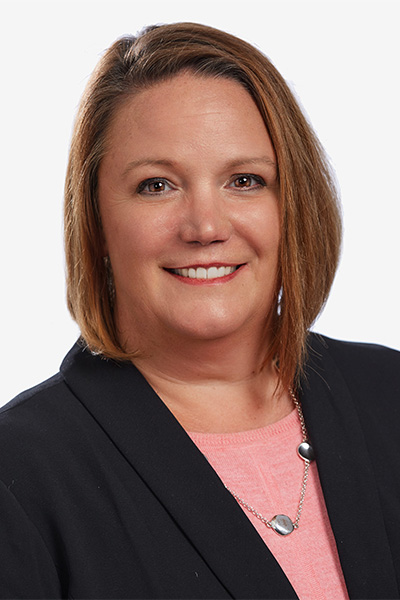
Jennifer Keatley’s move up the non-profit ladder happened unexpectedly, too. A 1993 graduate of Eastern’s Communication program, she’s now the executive director of United Cerebral Palsy of Connecticut.
“Many people are drawn to a cause because they are affected by the cause, or see a social injustice,” she said. “In my case, 13 years ago, I took a job as the human resources manager, and from that point, my passion grew.
“The more I learned, the more passionate I became,” she continued. “The more I learned about the needs and opportunities for people with disabilities, the more interested I was in being an advocate for their inclusion and working together to remove barriers to independence.”
The progression for Marilyn Lowney ’99, on the other hand, was different. A 1999 graduate of the master’s program in Elementary Education, she was seemingly nurtured into her position as executive director of the Haitian Health Foundation (HHF), a Norwich-based nonprofit that runs a full-service health clinic in Jeremie, Haiti.
The organization was founded by her father, an orthodontist who started out doing service work — dentistry — in Haiti in the 1980s. “I was young when I first went down — 14 or 15 years old. The poverty really struck me. Haiti helped me grow up,” said Lowney, who recalls taking trips with her family — “all four kids” — to clean dental instruments and assist with other tasks.
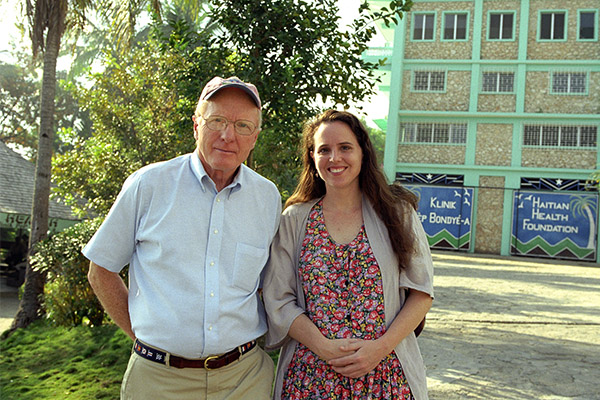
“My family was always into giving back,” she said. “It was a key aspect of our parents’ education… part of your purpose in life.” HHF now employees approximately 200 staff in Haiti who care for more than 250,000 people in the region.
With the honorable missions and important causes that nonprofits address, the sector at large faces unique challenges in comparison to the rest of the economy. In order to sustain, nonprofits are largely dependent on grants, donations and volunteers.
Engaging donors and leading fundraising campaigns is Kelli Byrd’s primary mission. She’s a 2012 graduate of Eastern’s Sociology program and the partnership manager of the Connecticut State Employees Campaign for Charitable Giving.
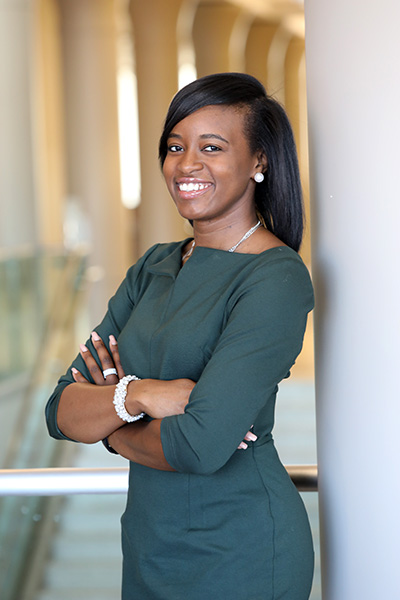
“Raising money to keep your organization alive can be a challenge,” she said. “Even with a great cause and fundraising plan, it does not mean that people will give.”
“Money is always the main issue,” added Mann. “Are we earning enough revenue to sustain growth? Are we able to offer ‘bang for the buck’ for our donors and members?”
Speaking to the changing fundraising landscape brought on by the Internet and social media, Mann said, “The ongoing issue is whether the organization is appealing to its donor base. Thus, it’s even more important for each charity to present a compelling argument for giving to their respective cause.”
Challenges aside, working in the non-profit sector is gratifying. “The rewards are both little and big,” said Keatley, “whether it’s connecting a person to a resource; helping someone with a disability get their first job; providing a piece of assistive technology that allows a person who is nonverbal to ‘speak’; shepherding a piece of legislation that passes; or getting a grant that allows us to provide a vital program for a large number of people.”
One of the rewards for Byrd is skills development. “Nonprofits frequently have fewer employees, so you consistently take on new challenges that ultimately expand your professional skills,” she said, citing authenticity and accountability as key qualities of effective leadership.
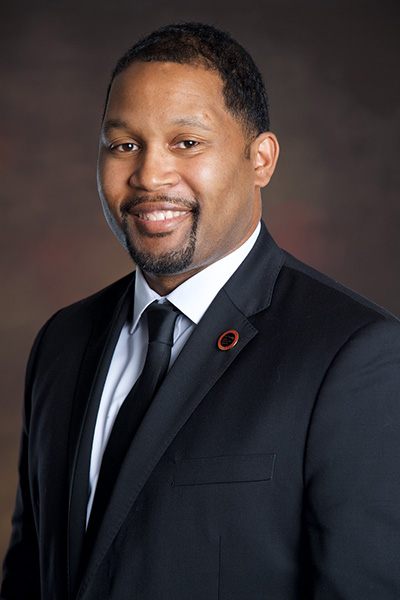
In addition to being true to herself and honest with the people she works with, she said, “We all make mistakes, but if we’re accountable it’s a matter of getting through the mistake and putting processes in place to make sure it doesn’t happen again.”
The best part of her job, however, and something with which many in the non-profit sector agree: “It’s such a rewarding feeling knowing that everyday I get to use my head and heart to make a positive change in the world, which gives my life new meaning and purpose.”
For Kelvin Harris ’05, a Sport and Leisure Management graduate, the rewards are personal. He’s the director of leadership development and alumni relations for the Gates Millennium Scholars Program at the United Negro College Fund (UNCF).
“I see myself in the students,” he said of his program, which funds the college educations of 1,000 low-income students of color every year. “Our stories are connected. I can relate to the struggle of being the first in your family to go to college, feeling isolated.”
Funded by the Bill and Melinda Gates Foundation, the scholarship program supports high-achieving students who face barriers accessing college. “I get to become a mentor, a guide, and see them fulfill their potential.”
Harris recalled a homeless student who lived at a baseball field in Cleveland. After receiving the scholarship, he enrolled at Harvard and now works at Microsoft. “Seeing people overcome challenges pushes you to want and do more in life.”


